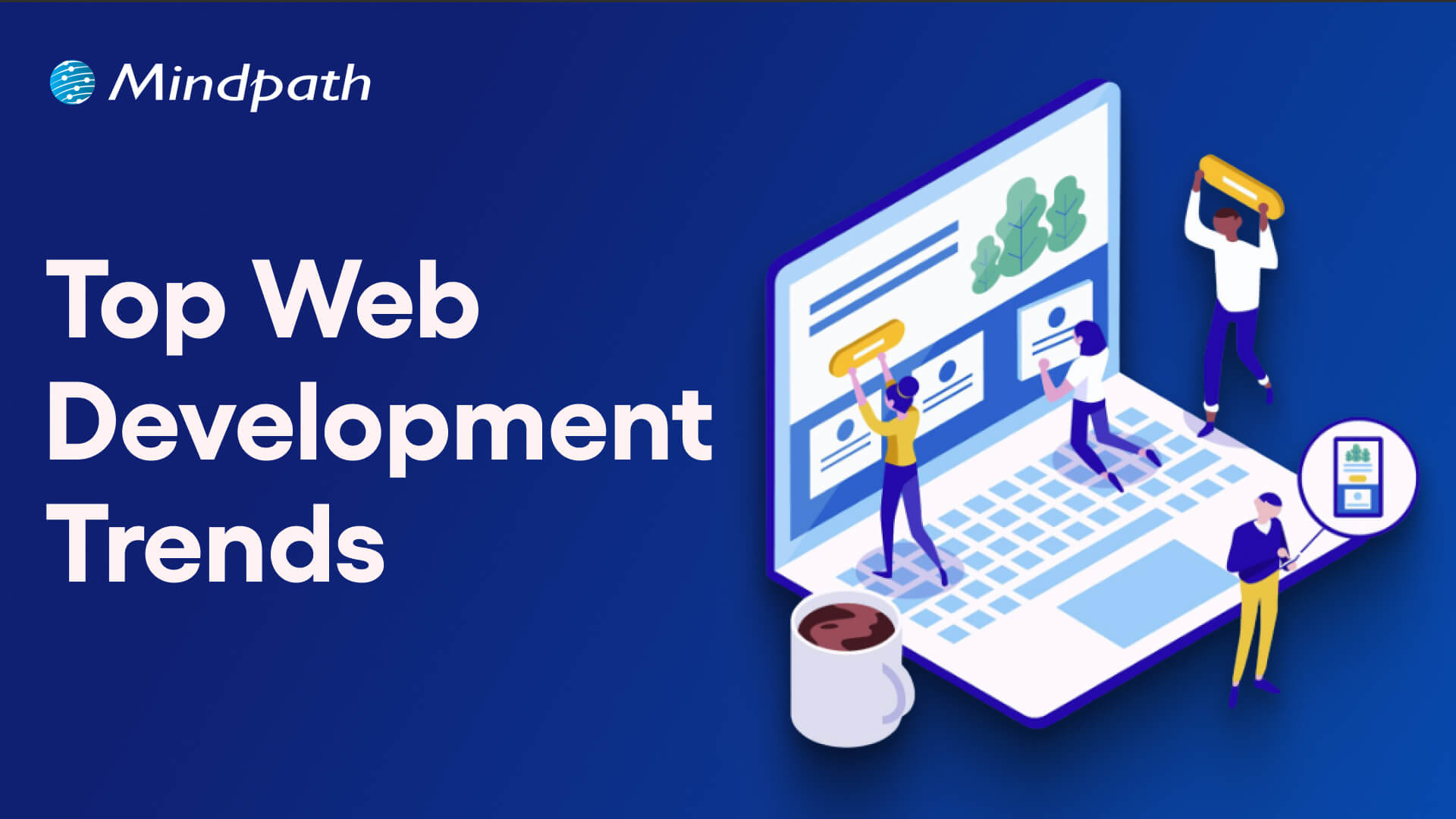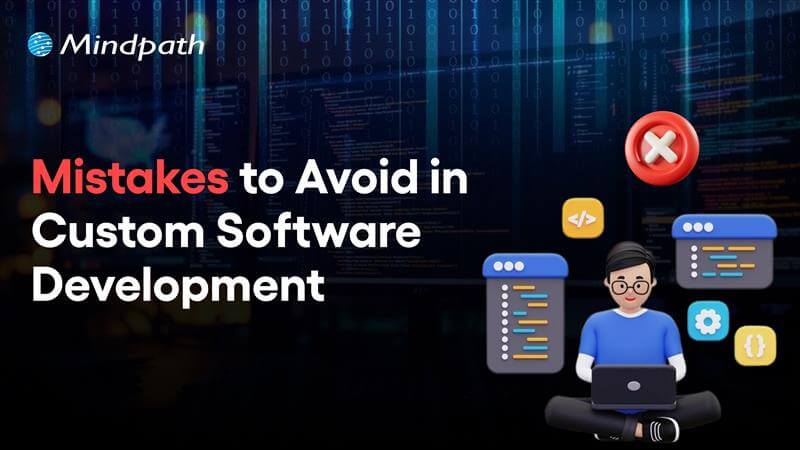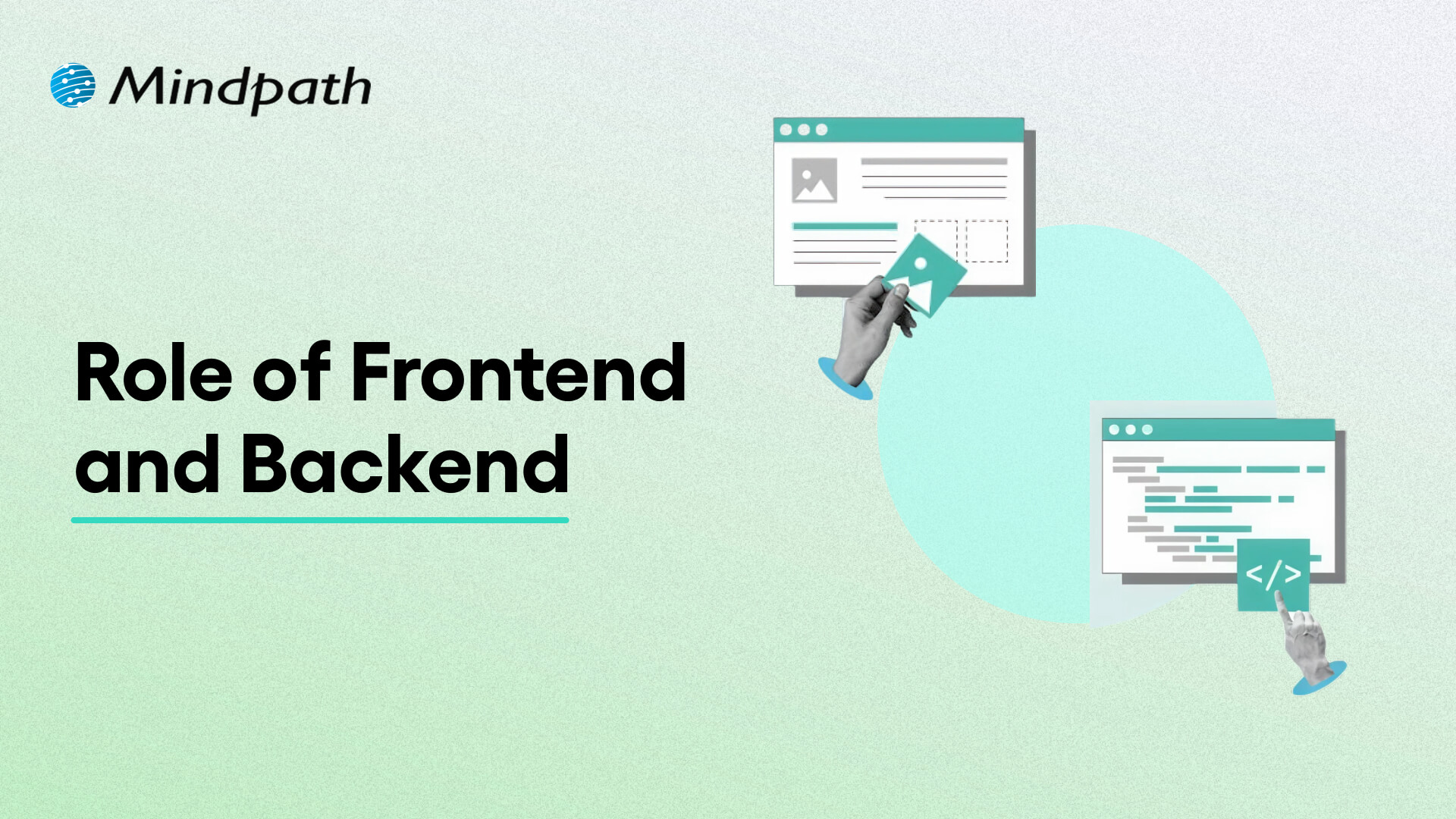Are you looking for ways to cut costs while maintaining a high-performing IT team? You’re not alone! Many organizations are exploring innovative solutions to optimize their budgets without sacrificing quality. One effective strategy is IT staff augmentation. But what exactly does that mean, and how can it help your organization save money? In this blog, we will explore how organizations can optimize costs with IT staff augmentation. So, let’s dive in!
What is IT Staff Augmentation?
Staff augmentation refers to hiring outside specialists to cover vacancies or skill shortages within an organization. Using this method enables businesses to modify their staff according to the demands of a project. Businesses can minimize the long-term expenses associated with permanent recruitment by using augmented employees to help with certain projects instead of recruiting full-time employees.
Staff augmentation is a great way to cut IT expenses. Companies save money on things like office space, taxes, and benefits because augmented personnel are not full-time employees. This facilitates cost prediction and budget management. Staff augmentation also provides access to a larger talent pool. Specialized talents can be found by businesses fast, saving them the time and trouble of extensive hiring procedures for permanent employees.
Benefits of Cost Optimization Through IT Staff Augmentation
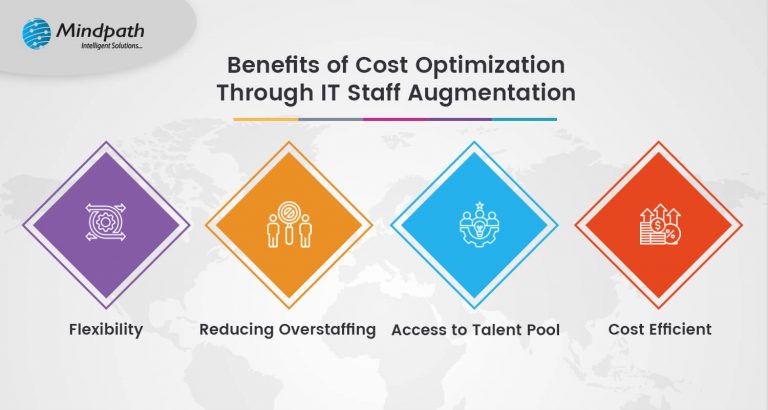
1. Flexibility
IT staff augmentation provides firms with a high level of flexibility. It enables them to rapidly modify their personnel in response to shifting market demands. Without having to commit to hiring full-time labor, organizations can readily increase or decrease their headcount as project demands change. This keeps them sensitive and flexible in a hectic setting.
Additionally, its adaptability enables companies to investigate novel prospects. They can swiftly recruit the right individuals to capitalize on any emerging trends in the industry. Their capacity to adapt enables them to manage expenses and successfully maintain their competitive and creative edge.
2. Reducing Overstaffing
The ability of IT staff augmentation to prevent overstaffing is one of its main benefits for businesses. During difficult economic circumstances, companies can recruit an excessive number of full-time employees using typical employment practices. If the workload lessens, this might result in needless expenses.
Businesses can adjust the size of their workforce according to what they actually need right now by using IT staff augmentation. They can easily cut back on the number of temporary employees in the event of a sharp decline in demand, saving money by not having to pay for idle personnel or layoffs. Because of this flexibility, companies can lower financial risks and better control their expenses. This strategy also frees up organizations to concentrate on their primary business without having to worry about overworking their workforce.
3. Access to Talent Pool
Staff augmentation enables businesses to bring in professionals with specialized talents that their existing staff could not possibly possess. This is especially helpful for tasks requiring specialized expertise or cutting-edge technology.
Businesses can accomplish tasks more quickly and with greater quality by using a larger talent pool without incurring the long-term expenses of employing full-time professionals. Additionally, it keeps the business informed of the newest developments and fashions, enabling them to maintain their competitive edge.
4. Cost Efficient
Hiring specialists through staff augmentation may save firms a significant amount of money. Companies may hire professionals just when necessary for certain projects, saving time and money by not having to go through the laborious and expensive process of employing full-time personnel.
This saves companies money on things like long-term salary, benefits, training, and onboarding. They only pay for the work completed on the project, which keeps expenses reasonable and stable. It’s a wise approach to acquire the necessary skills without committing to a full-time job, enabling businesses to make better use of their cash.
Steps to Optimize Costs with IT Staff Augmentation
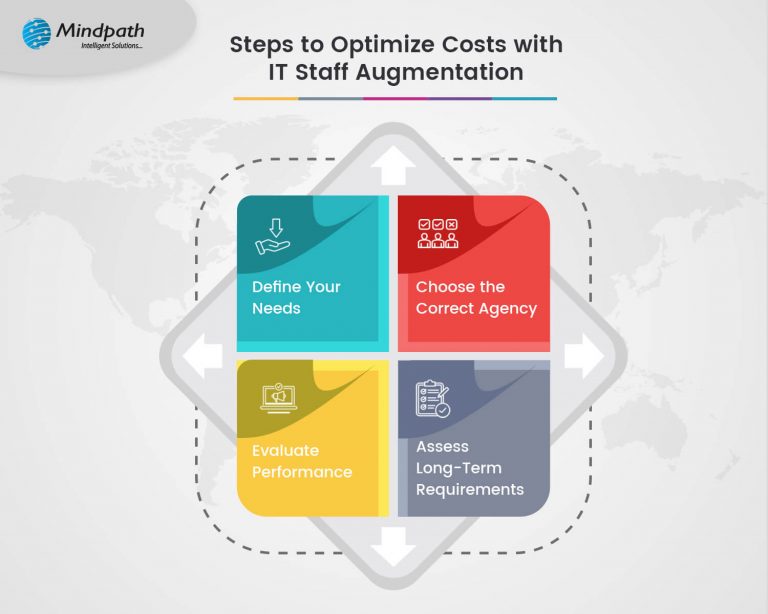
1. Define Your Needs
Before recruiting additional workers, you should have a comprehensive understanding of the project’s goals and expectations. Hiring the best candidates who can live up to those standards and produce the outcomes you want is made simpler as a consequence.
Establishing clear objectives aids in directing the group and maintains focus on the most important things. It clears up any misunderstandings and guarantees that the new personnel and the organization are on the same page right away. Project execution runs more smoothly and has a better likelihood of success when objectives are clear.
2. Choose the Correct Agency
Choosing a reputable IT staffing provider is essential for successful staff augmentation. Companies can feel confident as they can employ the best personnel by collaborating with a partner who has a strong track record and extensive industry knowledge. Reputable agencies are aware of the unique requirements of your company and project, enabling them to pair you with qualified individuals who will work well together.
The ideal partner will do more than just fill jobs; they will also offer continuing assistance, guaranteeing open lines of communication and a positive working rapport between the business and the additional employees. In the long term, this saves money and time by lowering the chance of hiring mismatches and improving project performance. Efficiently accomplishing corporate objectives can be greatly enhanced by investing in the appropriate personnel partner.
3. Tracking Performance
Regularly tracking the performance of augmented staff allows organizations to find areas for development and ensure that project objectives are met. Companies that monitor progress are better able to promptly resolve problems and offer assistance as required, facilitating the seamless integration of new personnel with the team.
Businesses can also track performance and make necessary modifications to improve the project’s overall efficacy. This strategy improves teamwork, increases output, and makes sure the group stays on course to reach goals.
4. Assess Long-Term Requirements
Staff augmentation is frequently utilized for temporary initiatives, but companies should think about if any of the enhanced jobs may turn into permanent positions in the event that more work becomes necessary. Companies are able to adapt swiftly to changes in the business and retain top staff due to this flexibility.
Organizations can plan and determine if it makes sense to convert temporary roles into full-time employment by assessing long-term requirements. This proactive strategy guarantees that companies always have a competitive advantage and are ready for changes in the market or future expansion
IT Staff Augmentation Services at Mindpath
At Mindpath, we deliver the best IT staff augmentation solutions, allowing companies to scale and succeed. It is indeed our mission to integrate skilled professionals seamlessly into your team in ways that increase your capability and ensure that you can effectively deliver your project goals. Be it lending a helping hand for a specific project, having the right expertise on modernizing your technology, or being on the lookout for ways to design robust software systems, Mindpath has the right solutions for you. Here are some of our services:
- Dedicated Development Teams: We can provide you with experienced developers, integral parts of your team, to help with supplementary expertise and faster projects’ timeframes. Our developers blend in perfectly, ensuring smooth collaboration and delivery of results.
- Legacy Modernization: We can upgrade and modernize your old technology so that it can work with the best standards of today. We provide services such as an assessment of your existing systems, technology upgrade, data migration, and performance enhancements.
- Architectural Consultation: We consult on the design of robust and scalable software systems. Whether you are kicking off a new project or looking to better existing systems, we will help you build a solid ground and choose the best-suited technology for your needs.
End Note
IT staff augmentation is a wise tactic for cutting expenses while retaining qualified personnel in a company environment that is changing quickly. Employing specialized expertise allows businesses to better manage costs, minimize overstaffing, and react swiftly to project demands.
To maximize the benefits of staff augmentation, it’s essential to establish precise objectives, select the best partner, keep an eye on output, and evaluate long-term requirements. Mindpath provides customized IT staff augmentation solutions, including architectural consultancy, specialized development teams, and legacy modernization. Allow us to assist you in developing your skills and successfully completing your project’s objectives.
Ready to optimize your IT capabilities and achieve your project goals?
At Mindpath, we provide top-tier IT staff augmentation solutions tailored to your unique needs.


